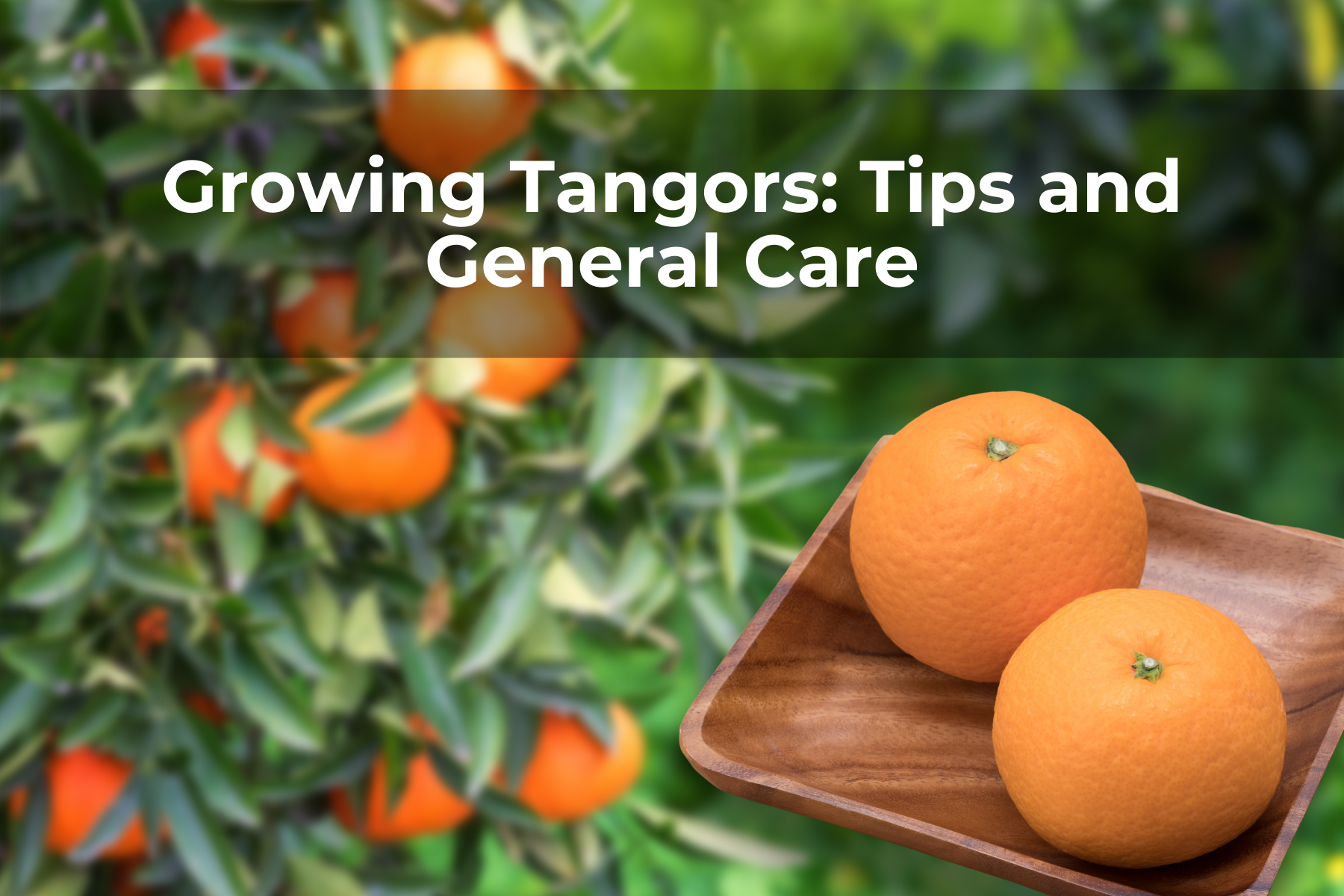Last Updated on October 8, 2022 by Real Men Sow
Growing tangors is often considered one of the easiest, but this isn’t entirely accurate. They are full-flavoured, sour-sweet citrus. They are a hybrid of sweet oranges and mandarins. Bright orange pulps and rinds are characteristic of tangors. Tangors have thick rinds, but they are easy to peel. Its name is a combination of the “tang” (an orange-coloured mandarin) and “or” (an orange-coloured mandarin). They are almost as resilient as oranges but smaller.
Description
Tangor is an evergreen citrus fruit tree. Standard tangors can reach 20-30 feet in height and grow 15-25 feet in width. Semi-dwarfing and dwarfing rootstocks will allow trees to grow up to one-fourth to one-third the size of standard trees, which are 5 to 7 feet high and wide.
Tangors can be self-fertile. You can use a small brush to move pollen from one flower or another to help trees bear fruit. You can also help a tree with pollinators such as honeybees or other pollinators. At 1 to 2 years of age, trees will start bearing fruit. A mature tree will produce 40-50 fruits. The fruit ripens from winter to spring.
The mid-20sF is the ideal temperature for Tangors. To avoid freezing temperatures causing death or dieback, protect plants.
Tips for Growing Tangors
Tangors are a type of citrus fruit prized for its sweetness-sour and juiciness. The trees that bear tangors are sensitive to cold weather and can be damaged or killed by freezing temperatures. Read below for other tips.
Location and Soil
You should choose a spot that receives at least 8 hours of sunlight daily. Place tangors away from wind or prevailing winds in a protected area. Avoid planting in low places where frost or cold air can settle.
Well-drained soil is best for tangors. It should be rich in compost and loam. It’s also important to keep the soil moist. You may use plant blankets to protect plants from freezing temperatures.
Growing Tangors in Container
Containers are possible for dwarf tangors to be grown. A container should be at least 18 inches in depth and width. After a year or so, move tangors into larger containers.
You can grow tangors indoors in brightly lit areas. Potting soil should not be too sandy, acidic or well-drained. Containers containing tangors should be removed from cold-winter areas in autumn to be brought indoors before the first frost.
General Care for Growing Tangors
The best thing about growing tangors is their juicy flavour and sweet taste. The best way to grow them successfully is by giving them constant sunlight, moisture and warmth. You may want to take of these things when you grow your own.
Feeding
Mid-spring, early summer and late summer are the best times to feed tangor trees. An organic fertilizer that is specifically formulated for citrus trees should be used. It will generally have a higher nitrogen content than phosphorus or potassium.
Pruning
When harvesting fruit, be careful not to pull it, or the rind may tear around the stem. Using pruning shears to cut the stems is the best practice.
Pests
Like other citrus fruits, tangors are not usually bothered by pest insects. Pay attention to leafminers and slugs. Indoors, be on the lookout for mites and aphids.
Growing Tangor Varieties for Home Gardens
Ellendale
Rich, excellent flavour. This variety is a subacid and is very juicy. Its shape is medium to large, somewhat flattened with a short neck. The fruit matures later and turns into a colour of orange-red, with medium thin rind smooth to faintly pounded. A mature tangor fruit is easy to peel with little seeds if cross-pollinated. However, the fruit loses its quality if left on the tree. Its trees are round, vigorous trees which are thornless. They are cold-hardy, but their branches can break under heavy crops.
King
Rich flavour, moderately juicy. This variety is a sizeable oblate fruit with a thick yellow-orange rind that can vary from very smooth to rough. Its flesh is deep orange, peelable, with a moderate amount of seeds. The fruit stores well on trees. Its thornless tree is medium-sized, grows well and has an upright form. Trees need very hot climates to produce acceptable quality fruit.
Murcott (Honey tangerine)
This variety has a very sweet taste; it’s a medium-sized fruit which is very juicy. The fruit is bright, yellow-orange-coloured rind and has few to no seeds. They’re easy to peel and mature in late winter or spring. Its tree is upright, strong, with a willowy branch.
W. Murcott (Afourer or W. Murcott Afourer)
This variety has a rich and sweet taste with orange-coloured flesh that is easy to peel. Fruit matures in late winter or spring. Their trees are of moderate size, which is susceptible to alternate-bearing.
Temple (Temple orange or Royal mandarin)
A natural tangor, which they first saw growing in Jamaica in 1896. This variety is sweet to tart flesh and is excellent for eating fresh or juice. These have large flattened fruits with a neck. It has orange pebbled skin, is seedy, cold-sensitive and has a high heat requirement.

